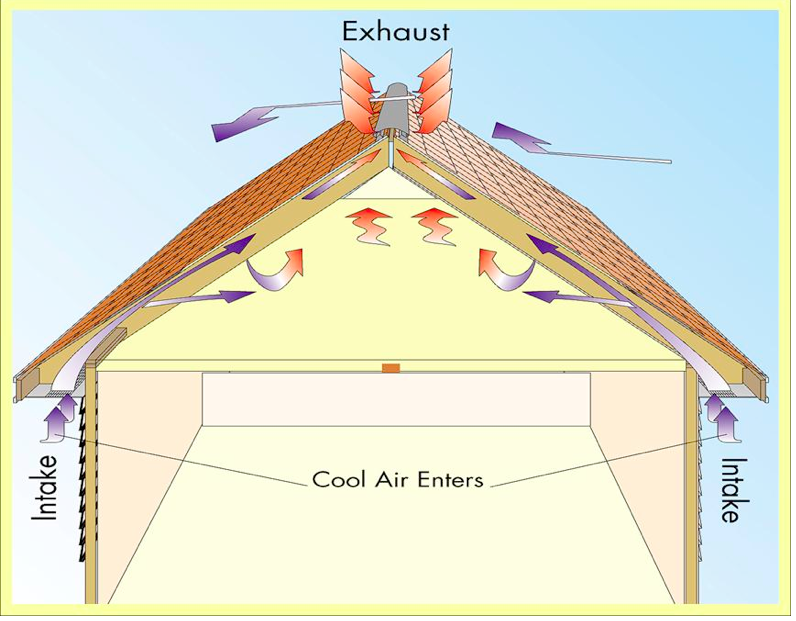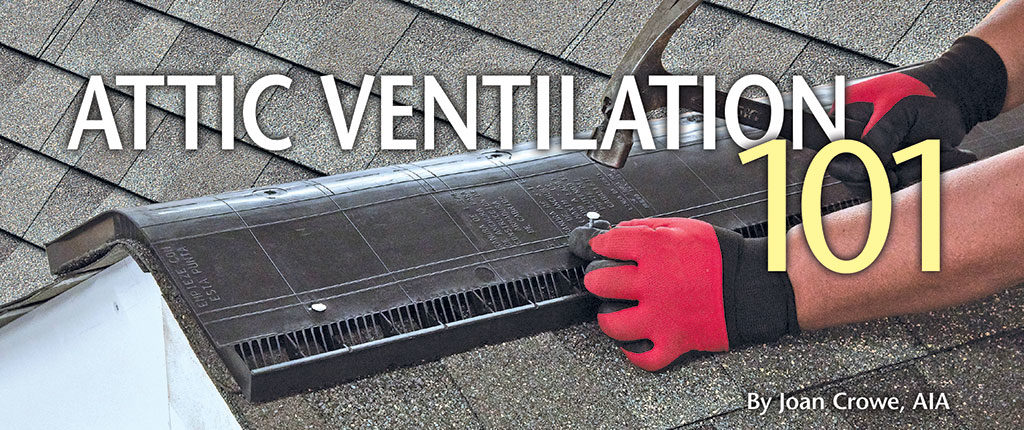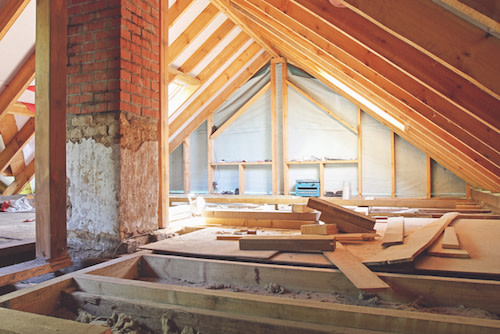Eave Vent Area To Floor Square Ft Ratio

The irc adds that the nfva ratio can also be reduced to 1 300 if 50 to 80 of the required ventilation is located in the upper portion of the attic or cathedral ceiling and the rest is located at the eaves with the upper vents at least 3 feet above the lower.
Eave vent area to floor square ft ratio. So in our example we will divide the 1 500 square feet by 300. L x w in inches 144 area of vent in sq. These methods dictate that one 1 square foot of ventilation is provided for every 150 or 300 square feet of attic floor space. This ratio is required for modern insulated homes.
Ok so now we know the square footage of the attic area to be ventilated. If you have 3 000 square feet of attic space this equates to 20 square feet of ventilation needed. For square or rectangular vents muliply the length times width of the vent space in inches then divide by 144 to convert into sq. That determines the total amount of net free area needed to properly ventilate the attic.
Remember the minimum area requirement when using a continuous system is a ratio of 1 300. 1 square foot of nfva per 300 square feet of attic floor if a vapor barrier is installed on the ceiling below. In divided by 144 equals an area of 0 5 sq. 30 feet x 50 feet 1 500 square feet.
A 6 x 12 vent would equal 72 sq. 40 x 25 1 000 square feet of attic area 2. Once attic square footage is known divide by 150 for the 1 150 ratio. Determine the total net free area required.
See how simple that was. Most local building codes require compliance with either the 1 150 method or the 1 300 method exception refer to local code. Now let s figure out how much ventilation space we need.












































